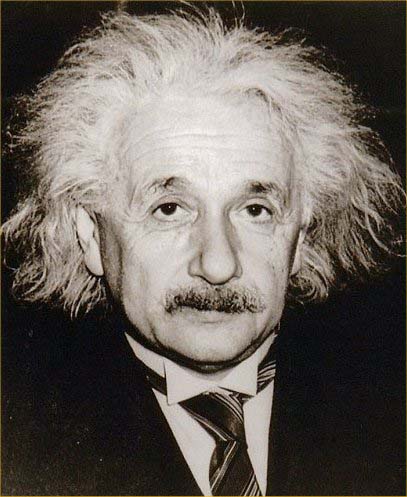.jpg) |
Planck Era |
 |
.jpg) |
Planck Era |
 |
Quantum mechanics is a strange and wonderful theory which is needed to describe the atomic and sub-atomic world. It offers a different way in which to view the world and makes many strange predictions which experiments have never failed to confirm. For now, let me concentrate on one aspect of the theory, the Heisenberg Uncertainty Principle:

Roughly speaking, this spread in location is small and virtually undetectable in our world, but it does have consequeneces. We define something known as the Compton wavelength as a measure of the spread.
Recall that a black hole has a singularity at its center which is cloaked by its event horizon The radius of the event horizon is the Schwarzchild Radius,
In general, it is good that singularities are hidden from our Universe by event horizons because interesting (and odd) things can happen in the vicinity of singularities. For example, causality can be disrupted near a singularity. This is bad. The problems are so severe that people have proposed something known as the Cosmic Censorship Theorem, which states that singularities must always be cloaked by event horizons.
So now ask the question,
We postualte that we will need to do this when the Compton Wavelength and the Schwarzschild radius of an object are roughly the same. This happens for objects with small mass. In this case, the uncertainty in the position of the singularity is comparable to the radius of the event horizon. On this sort of size, the structure of space-time s thought to become poorly defined and General Relativity (as formulated) breaks down.
The breakdown occurs for tiny masses in the early Universe. This tiny mass is referred to as the Planck mass
The Sun has a mass of 2 x 1033 grams.
The Compton wavelength and Schwarzschild radius which correspond to the Planck mass are 4 x 10-33 cm. This length is known as the Planck length and the light travel time across this distance is known as the Planck time. The Planck time is 10-43 seconds !!!
What this means is that the General Theory of Relativity breaks down for times less than 10-43 seconds, the Planck time. As a result, if we want to try and understand the earliest phases of the Universe we need to develop a theory which merges Quantum Mechanics and General Relativity.